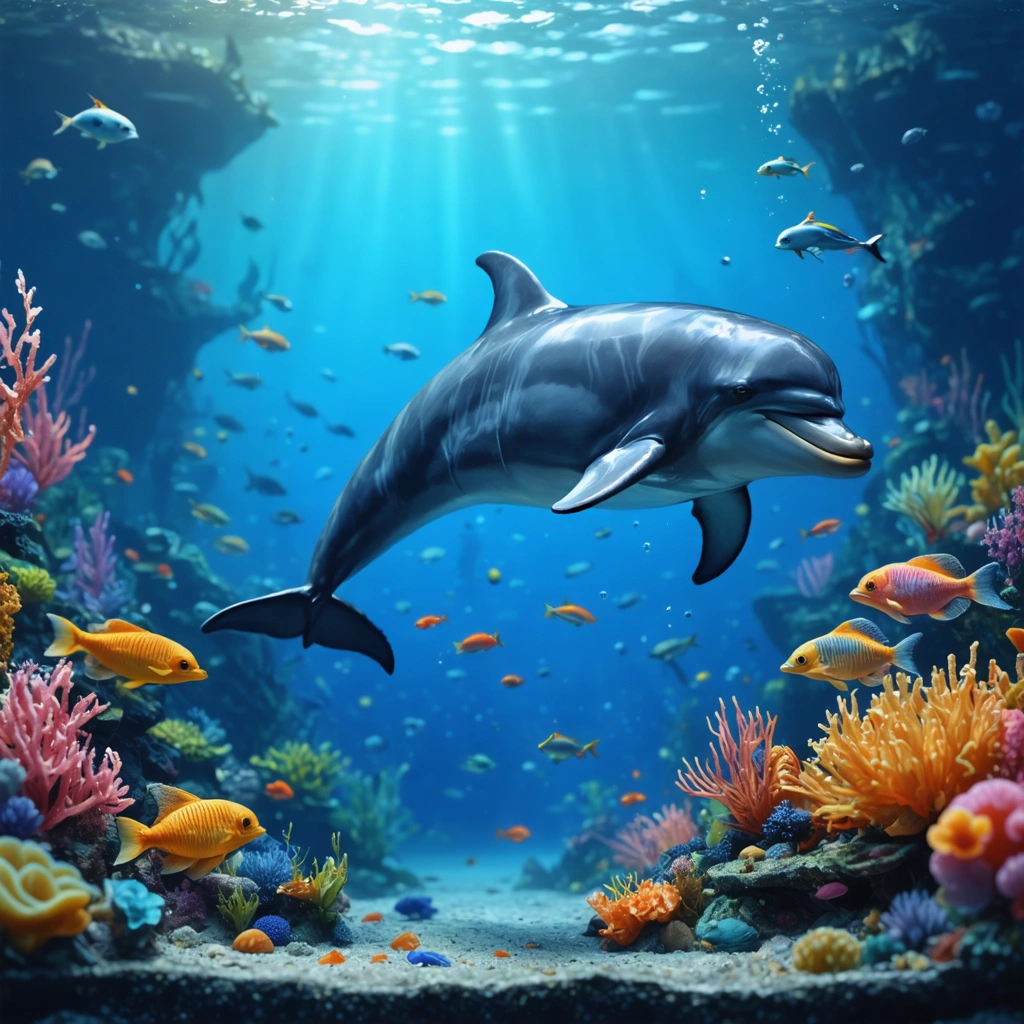
Introduction: Bridging the Gap Between Mammals and Man
In the vibrant coastal regions of Brazil, an extraordinary practice has endured for generations – the collaborative fishing technique involving dolphins and humans. This technique, rooted in centuries of tradition, represents more than merely a method of catching fish; it embodies a harmonious interaction between nature and human ingenuity. This article delves into the historical context, the operational methodology, and the sustained economic and ecological impact that makes this unique phenomenon a prime example of inter-species collaboration in a competitive business environment.
Historical Context and Cultural Background
Origins of the Collaborative Fishing Tradition
The cooperative fishing method has deep historical roots. Local fishermen and dolphins have been working together for generations, evolving their techniques through continuous observation, mutual learning, and adaptation to the local maritime ecosystem. Over time, what started as a local practice became an integral part of the cultural heritage and economy in several Brazilian coastal communities.
- Historical Insight: The practice originated as fishermen noticed the natural behavior of dolphins, which would herd fish towards the shore.
- Cultural Significance: Many communities consider this collaboration a symbol of balance between nature and human enterprise.
- Tradition and Continuity: Skills are passed down through generations, ensuring the preservation of this tradition and modification to adapt to modern practices.
Environmental and Economic Implications
The careful interplay between human and dolphin activity contributes significantly not only to local livelihoods but also to the sustainable management of marine resources. As business models worldwide increasingly emphasize eco-friendly and resource-efficient practices, this traditional method offers a number of lessons for modern fisheries.
- Sustainable Fishing: This technique reduces by-catch and minimizes the destructive impact on marine ecosystems.
- Economic Benefits: Communities benefit from enhanced fish yields and diversified income sources.
- Ecological Harmony: The partnership supports biodiversity while maintaining the balance in the natural food chain.
Operational Methodology and Business Perspectives
The Role of Dolphins in the Collaborative Process
Dolphins are not merely passive participants; they play an active, strategic role in gathering fish for human fishermen. Their natural hunting instincts, combined with learned behaviors, enhance the efficiency of the fishing process.
Critical factors include:
- Communication: Dolphins use vocalizations and distinct movements to signal the presence of fish schools to their human partners.
- Cooperative Behavior: The synchronized actions between dolphins and fishermen are observed and refined over time through a mutualistic relationship.
- Adaptability: Dolphins swiftly adjust their behavior to environmental changes and shifting fish populations, providing real-time data that enhance overall catch success.
Human Adaptation and Technological Integration
Brazilian fishermen have adapted their traditional practices by integrating modern business strategies and technologies. This symbiotic relationship has evolved into a model that not only respects its roots but also projects sustainable business efficiency into contemporary global markets.
Key strategies include:
- Training Programs: Local schools and community centers run specialized training sessions where experienced fishermen educate younger generations about sustainable practices and the nuances of working with dolphins.
- Data Collection: Use of tracking devices and specialized sensors enables detailed monitoring of fish migration patterns, enhancing the predictive capabilities of both parties.
- Product Marketing: By branding the catch as a result of environmentally sustainable practices, fishermen enjoy premium pricing in competitive international markets.
Economic Analysis and Future Horizons
Comparative Economic Impact
The benefits of this culturally ingrained and ecologically friendly method extend beyond the immediate fishing community. Its success offers insights to other industries and regions aiming to balance environmental conservation with economic growth. A comparative economic analysis reveals advantages that include enhanced market value, community development, and sustainable resource management.
| Aspect | Traditional Methods | Dolphin-Human Collaboration |
|---|---|---|
| Environmental Impact | Relatively high by-catch and ecosystem disruption | Minimized ecological footprint and sustainable practices |
| Economic Benefits | Dependent on large-scale industrial fishing | Local community empowerment and premium market positioning |
| Cultural Value | Low integration of tradition | Deeply entrenched in local heritage and community pride |
Future Business and Ecological Prospects
Innovators and business strategists are now examining ways to evolve this collaborative model further by leveraging advanced technology and sustainable practices. Some notable directions include:
- Technological Augmentation: Integration of artificial intelligence to analyze dolphin behavior and fish movement patterns; this can further optimize catch rates while ensuring the welfare of marine life.
- Global Replicability: Expanding research into similar cooperative models in other parts of the world, potentially transforming traditional fishing into a globally sustainable practice.
- Eco-Tourism Development: Developing eco-tourism that highlights the unique dynamic between dolphins and humans, thereby contributing diversified revenue streams for local communities.
By analyzing these prospects, business leaders and policymakers can identify opportunities for scaling such initiatives to improve sustainability, economic resilience, and socio-cultural benefits. This model sets a benchmark for inter-species collaboration that can inspire other sectors to explore innovative partnerships with nature.
Conclusion: A Vision for Sustainable Coexistence
In conclusion, the dolphin-human collaboration in Brazil represents a successful merger of tradition and modern business strategies. The practice stands as a beacon of sustainable resource management and inter-species partnership, where mutual benefits are paramount. As industries worldwide grapple with environmental challenges, this harmonious relationship offers instructive lessons on the importance of adaptive practices, community empowerment, and ecological stewardship. Embracing these lessons not only underlines the financial advantages of sustainable entrepreneurship but also reinforces the significance of preserving cultural practices that have proven their resilience through time.




